Introduction
In the dynamic world of online food ordering, real-time pricing and menu accuracy are crucial for both consumers and restaurant aggregators. To help food delivery platforms and restaurant chains stay competitive, businesses increasingly rely on Zomato and Slice real-time menu and price scraping. This case study highlights how Product Data Scrape enabled an AI-powered pricing startup to access live restaurant menus, monitor regional pricing shifts, and optimize data-driven decisions using real-time food delivery intelligence. With millions of menu items changing daily, the need for accurate and scalable restaurant data scraping has become essential for strategic planning and revenue growth in the food-tech sector.
The Client
Our client is a B2B analytics provider focused on competitive intelligence for cloud kitchens, restaurant chains, and food-tech platforms. They needed real-time access to restaurant menus, delivery fees, and add-on pricing across major apps, with a specific focus on scraping Slice menu details and pricing. Their business model depended on generating alerts for price hikes, item unavailability, and promotional changes. However, maintaining consistent and clean data across two vastly different platforms—Zomato and Slice—was difficult due to dynamic content, regional variations, and inconsistent APIs. To address these challenges and create a stable pipeline of real-time data, the client partnered with Product Data Scrape.
Key Challenges
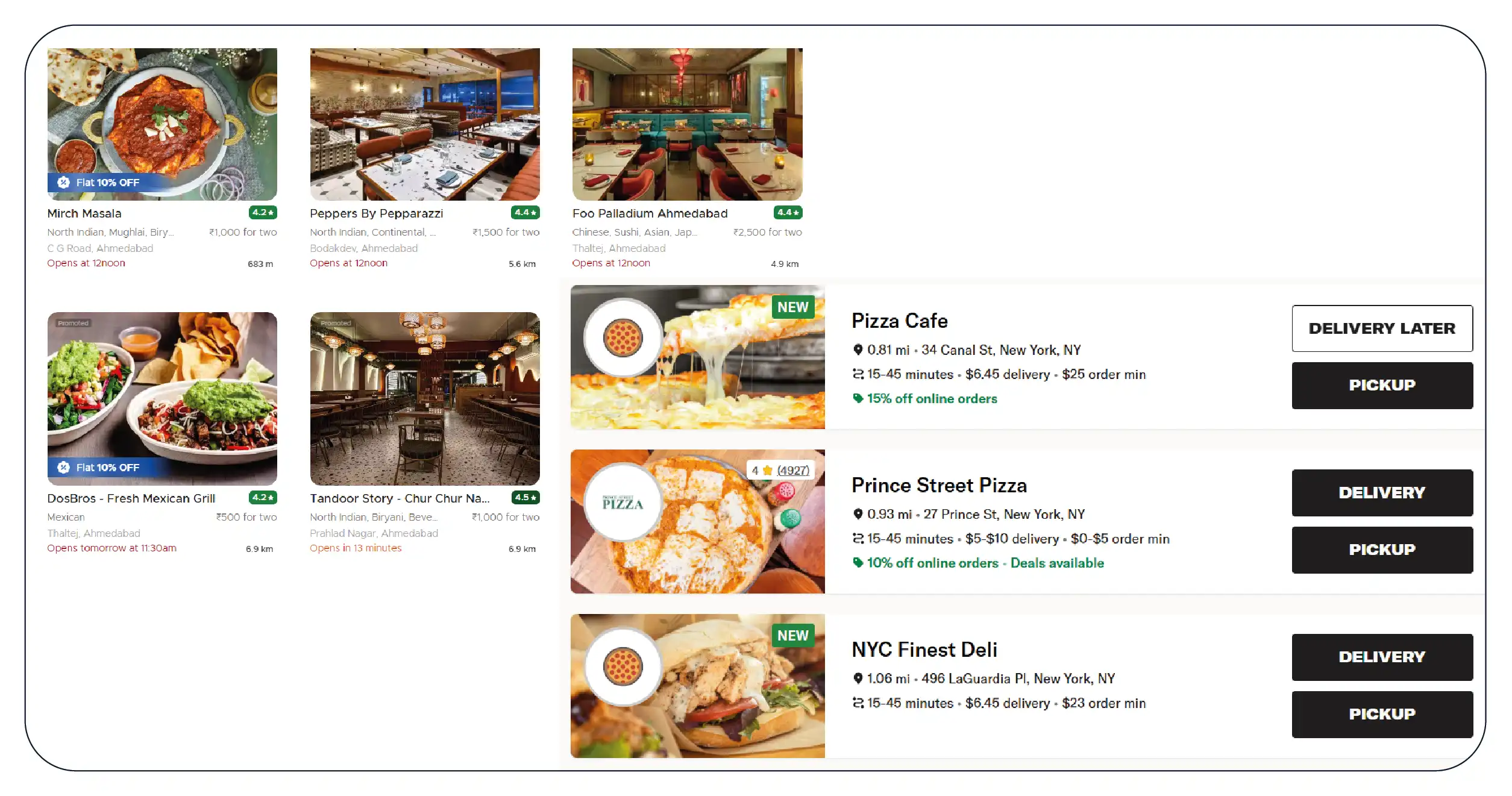
The client’s biggest challenge lay in handling the scale and complexity of fast fashion data across different platforms. While each site—SHEIN, Myntra, and Shopee—offers massive product catalogs, they differ drastically in structure, regional versions, and real-time availability. For example, Myntra product launches data extraction required parsing personalized feeds, dynamic content, and region-specific filters, all while maintaining cookie sessions and login validation. Similarly, Shopee trending fashion items scraping had to accommodate language variants, seller-level metadata, and category-based sorting for accurate segmentation.
SHEIN posed its own challenges due to JavaScript-heavy rendering and rapid updates, requiring daily refresh rates to ensure timely SHEIN new arrivals scraping. Additionally, with thousands of SKUs being listed, removed, or repriced daily, the client’s internal team struggled to keep up using conventional scraping scripts. They also faced difficulty correlating scraped items across platforms to detect common style elements. To predict consumer behavior, they needed better input datasets for their trend models and machine learning pipelines. This made fashion trend prediction using scraped data a priority that required high-frequency extraction and enrichment.
Key Solutions
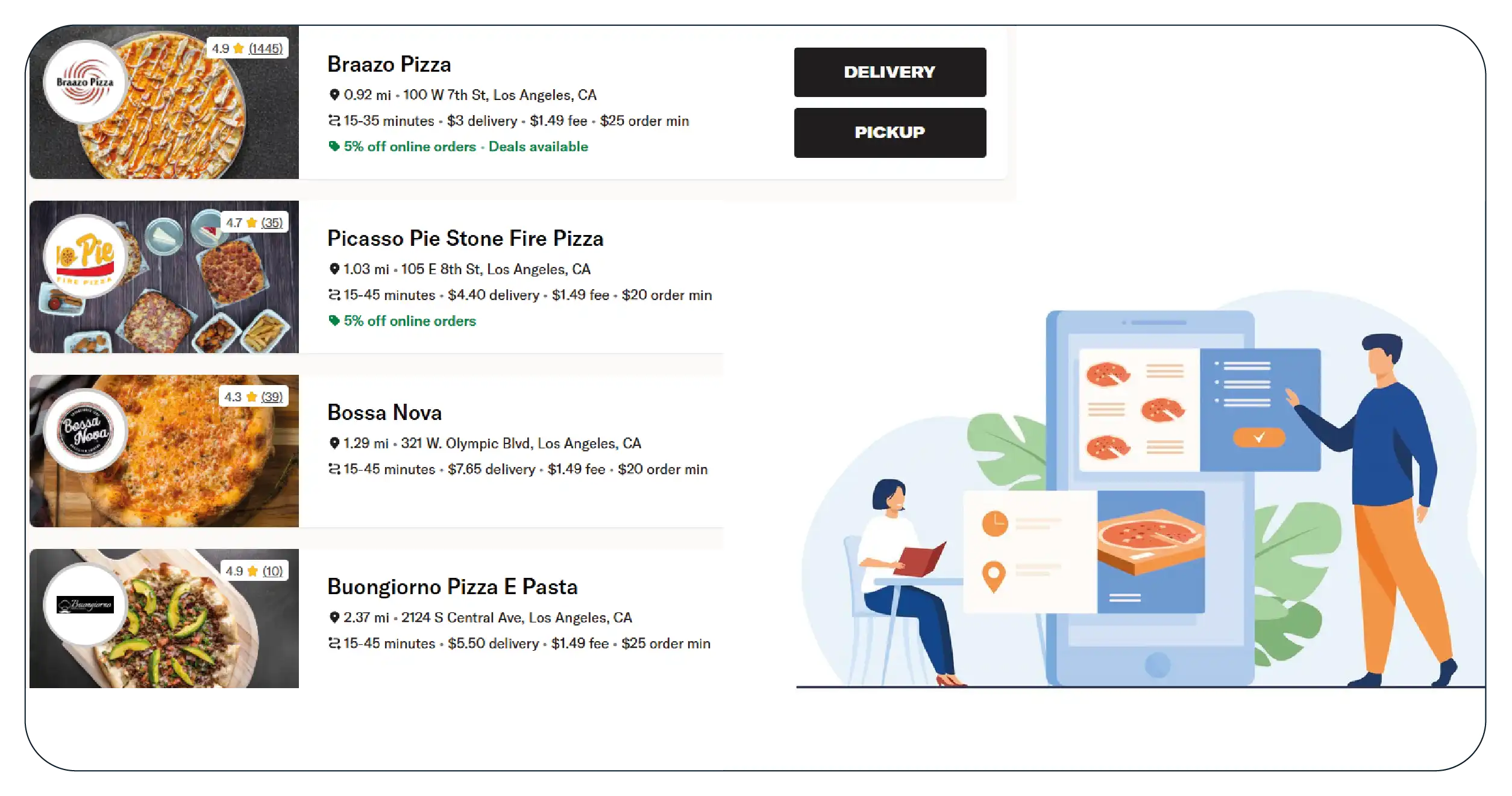
Product Data Scrape developed a fully customized architecture to support Zomato and Slice real-time menu and price scraping with hourly refresh cycles. Our team deployed automated crawlers integrated with rotating proxies and headless browsers to capture hidden data elements such as delivery-time-based pricing, taxes, service charges, and variant-based item listings.
For Slice, we used a mobile API emulator to enable seamless food delivery app scraping for real-time insights, extracting SKU-level pricing, restaurant locations, and out-of-stock indicators. To support scraping Zomato competitive pricing data, we implemented DOM-aware scrapers that identified changes in base prices, limited-time combos, and hidden add-on fees.
Additionally, our Zomato API scraping for real-time menu data solution helped standardize responses and push cleaned JSON to the client’s data lake. This process was critical for helping the client predict market shifts and competitor promotions across cities and states.
To further enhance coverage, we connected our modules with Zomato and Blinkit Data Scraping API , allowing the client to cross-map restaurant and grocery listings by location, identifying pricing trends beyond food service alone. By applying web scraping food delivery data to both platforms, the client gained actionable insights into time-sensitive menu changes and regional delivery pricing.
Product Data Scrape also delivered a tailored schema for custom eCommerce dataset scraping, enabling restaurant clients to plug the data into pricing engines and inventory planning tools. As part of our broader ecosystem, we included access to modules that scrape popular e-commerce platforms data —enabling full-stack competitive intelligence. Through real-time monitoring and web scraping Zomato data , our client gained the speed, accuracy, and coverage needed to confidently scale their pricing analytics operations.
Client’s Testimonial
"Product Data Scrape has transformed the way we track menu pricing across food delivery platforms. Their scraping solutions for Zomato and Slice are fast, reliable, and fully customized to our analytics workflow. Their support team goes above and beyond to help us stay competitive in a fast-moving industry."
— VP of Product, FoodTech Intelligence Platform
Conclusion
Real-time menu and pricing data is no longer optional—it’s a competitive necessity. With Product Data Scrape’s advanced capabilities in Zomato and Slice real-time menu and price scraping, businesses gain critical visibility into how restaurants update prices, manage availability, and launch promotions. Whether it's scraping fast-changing Slice menu details and pricing or capturing hidden changes through scraping Zomato menu and price updates, our solutions power high-frequency intelligence for today’s food delivery economy. Using our end-to-end web scraping food delivery data tools, companies can make data-driven pricing decisions, enhance customer experiences, and uncover regional opportunities in the fast-evolving online restaurant landscape.

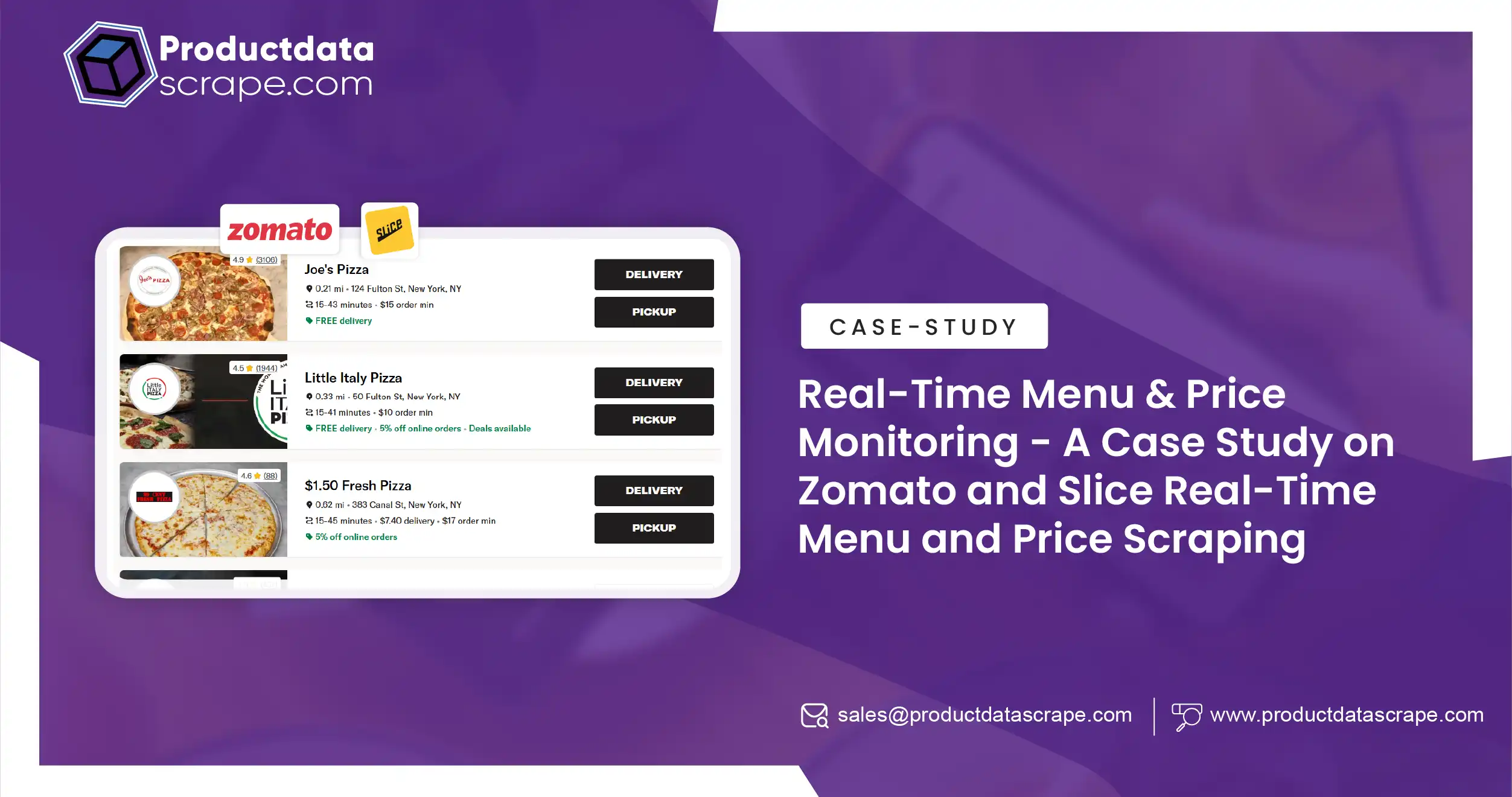


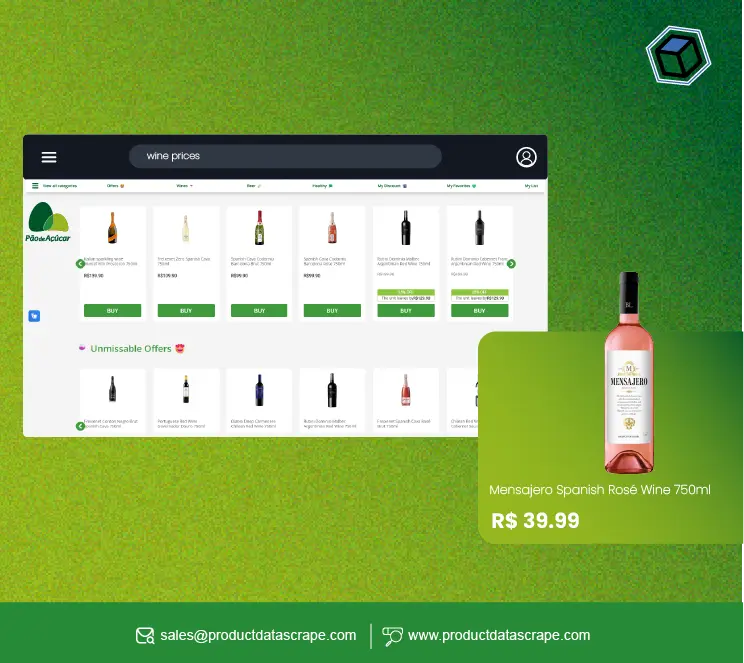


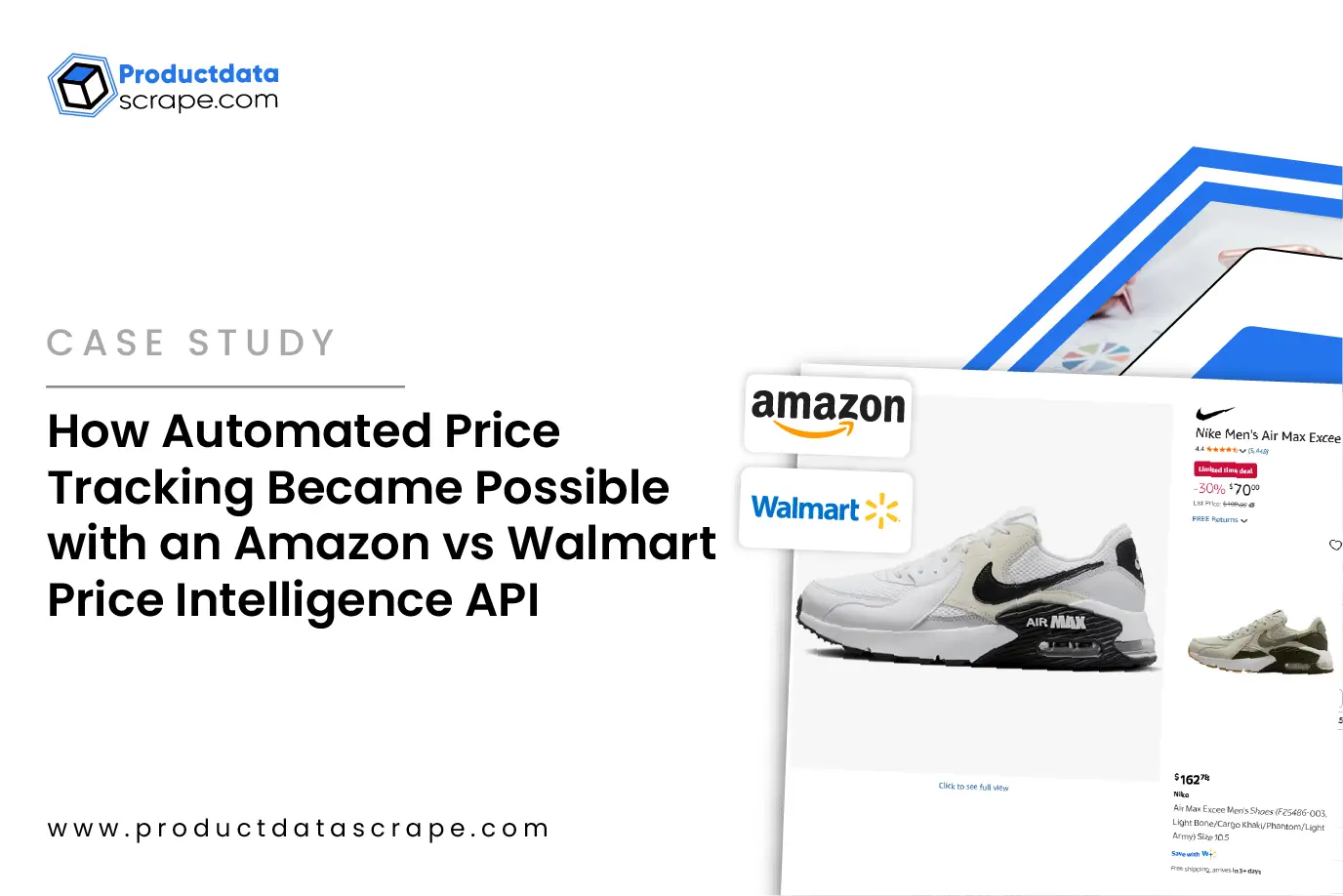











.webp)
.webp)

.webp)